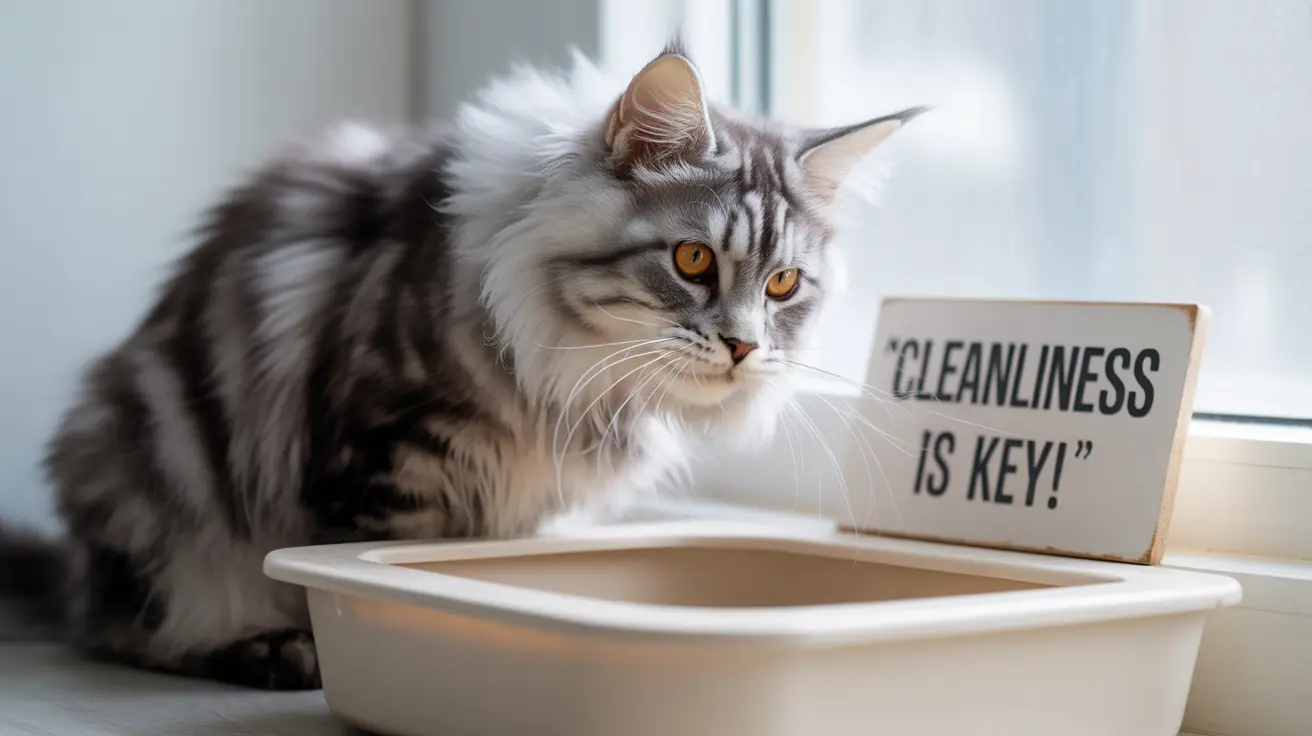Understanding E. Coli in Cats
E. coli (Escherichia coli) is a type of bacteria commonly found in the intestinal tract of most animals, including cats. While many strains are harmless, pathogenic varieties can cause serious infections when they enter other parts of the body or overwhelm the immune system.
These infections can affect various body systems, from the urinary tract to the digestive system, and in severe cases, can lead to life-threatening conditions like sepsis.
Common Sources of E. Coli Infection
Cats can contract harmful E. coli strains through several routes:
- Contaminated food or water
- Raw or undercooked meat
- Unsanitary litter boxes
- Contact with infected animals
- Environmental exposure
- Mother-to-kitten transmission during birth
Signs and Symptoms of E. Coli Infection
Urinary Tract Infections
UTIs are one of the most common manifestations of E. coli infection in cats, particularly in older females. Watch for:
- Frequent urination
- Straining to urinate
- Blood in urine
- Urinating outside the litter box
- Excessive grooming of urinary area
Gastrointestinal Issues
When E. coli affects the digestive system, cats may experience:
- Severe diarrhea
- Vomiting
- Loss of appetite
- Lethargy
- Dehydration
Diagnosis and Treatment
Veterinarians diagnose E. coli infections through various tests, including:
- Urine culture and analysis
- Blood tests
- Fecal examination
- Bacterial culture and sensitivity testing
Treatment typically involves:
- Targeted antibiotic therapy
- Fluid therapy for dehydration
- Supportive care
- Dietary modifications
- In severe cases, hospitalization
Prevention Strategies
To reduce the risk of E. coli infection in cats:
- Maintain clean litter boxes
- Provide fresh, clean water daily
- Feed high-quality commercial pet food
- Avoid raw meat diets
- Regular veterinary check-ups
- Practice good hygiene when handling your cat
Frequently Asked Questions
Can cats get E. coli infections and what symptoms should I watch for?
Yes, cats can get E. coli infections. Key symptoms include urinary issues, diarrhea, vomiting, lethargy, and in severe cases, fever and decreased appetite. Immediate veterinary attention is necessary if these symptoms occur.
How do cats typically get infected with E. coli bacteria?
Cats typically get infected through contaminated food or water, unsanitary environments, or contact with infected animals. Raw diets and poor litter box hygiene increase infection risk.
What are the common types of E. coli infections in cats and how are they treated?
Common types include urinary tract infections, gastrointestinal infections, and systemic infections. Treatment usually involves appropriate antibiotics, supportive care, and addressing any underlying conditions.
How do veterinarians diagnose an E. coli infection in cats?
Veterinarians diagnose E. coli through laboratory tests, including urine cultures, blood work, and bacterial cultures. These tests help determine the specific strain and appropriate treatment.
What steps can I take to prevent E. coli infections in my cat?
Prevent infections by maintaining clean living spaces, providing fresh water and quality food, avoiding raw diets, and ensuring regular veterinary check-ups. Proper hygiene and prompt attention to symptoms are essential.
Understanding E. coli infections in cats is crucial for every cat owner. By recognizing the signs early and seeking prompt veterinary care, you can help ensure your feline companion receives the treatment they need for a full recovery. Remember, prevention through good hygiene and proper care is always better than cure.






